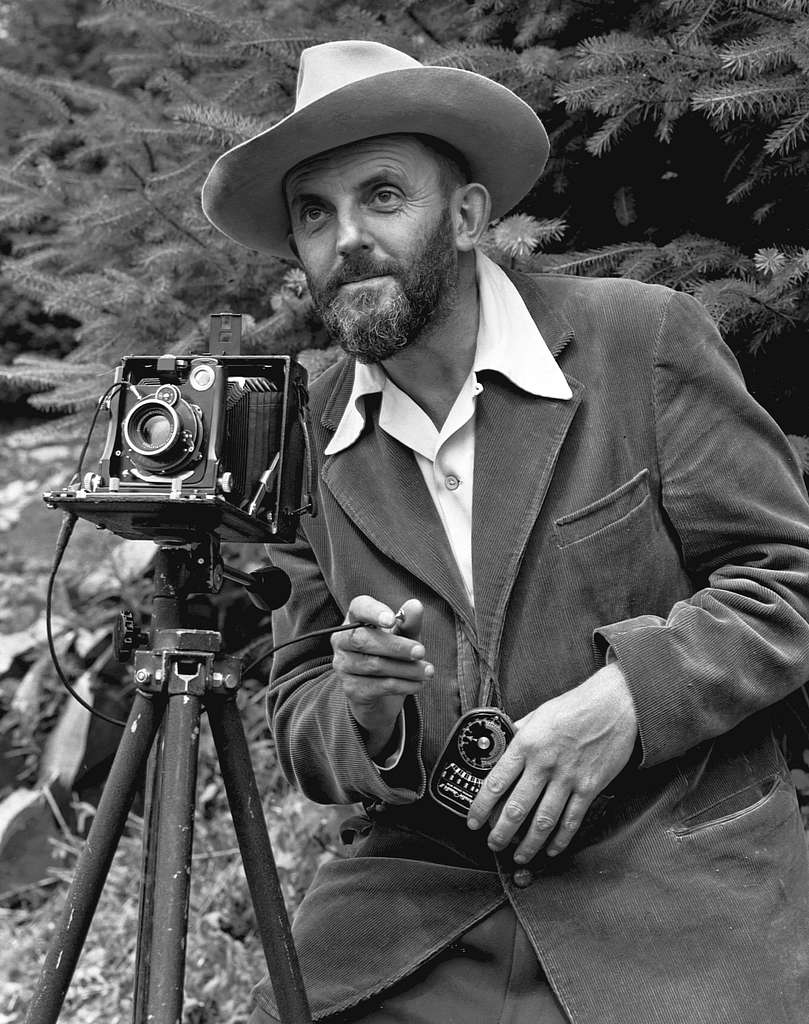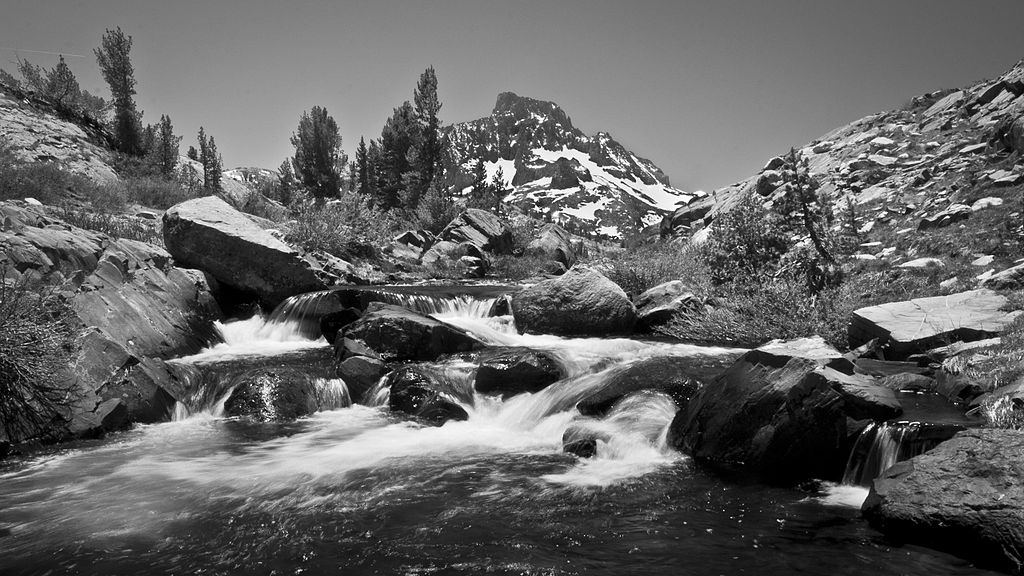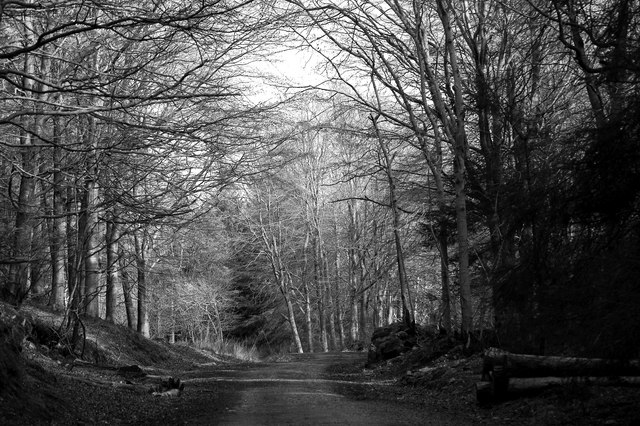Ansel Adams: Life, Legacy, and Masterpieces of an American Photography Legend
Ansel Easton Adams was born on February 20, 1902, in San Francisco, California, and grew to become one of the most influential photographers of the 20th century. Best known for his breathtaking black-and-white photographs of the American West, especially national parks like Yosemite, Adams revolutionized the art of landscape photography and made lasting contributions to both photography and environmental conservation. His striking images are recognized worldwide and remain iconic to this day.

Early Life and Struggles
Ansel Adams was born into a middle-class family in San Francisco, the only child of Charles and Olive Adams. His father, Charles, was a businessman, and his mother, Olive, was a musician. From a young age, Ansel was a curious and active child, but he had difficulty fitting in at school. He struggled with his studies, particularly math and reading, and was later diagnosed with attention difficulties, which led to him being homeschooled by his aunt and tutors.
Despite these challenges, Ansel found comfort in nature. He enjoyed spending time outdoors, exploring the nearby hills and beaches around San Francisco. This love for nature would become central to his future work as a photographer.
Ansel Adams and Photography
Ansel’s introduction to photography came when he was given a Kodak Box Brownie camera by his parents during a family trip to Yosemite National Park in 1916. At just 14 years old, Adams began experimenting with the camera, capturing the landscapes and beauty of the park. Although his early photos were simple, this experience sparked his lifelong passion for photography.
His interest in photography grew further when he began studying the work of famous photographers like Edward Weston and Alfred Stieglitz. Adams attended art classes and learned the technical aspects of photography, including darkroom techniques, which allowed him to perfect the process of developing and printing photographs.

The Early Years of Ansel Adams
In his early career, Adams worked as a commercial photographer, creating images for local businesses and architecture firms. He also played piano, and at one point, he considered a career in music. However, it was his growing love for photography that eventually led him to pursue it as his full-time career.
Adams began to experiment with capturing landscapes, using large-format cameras to produce detailed and high-quality prints. His work, especially his images of the Sierra Nevada and Yosemite National Park, began to garner attention from the art world. His first exhibition was held in 1931 at the Museum of Modern Art (MoMA) in New York, marking the beginning of his rise to prominence.
The Zone System and the Evolution of His Photography
One of Ansel Adams’ most significant contributions to the field of photography was the development of the “Zone System,” a method for achieving proper exposure and contrast in black-and-white photography. The Zone System allowed photographers to better control the tonal range of an image and produce prints with clear details in both the highlights and shadows.
This technique involved dividing a photograph’s exposure into zones from pure black to pure white, with each zone representing a different level of light and shadow. By using this system, Adams was able to create images with extraordinary depth and clarity, which became a hallmark of his work. He co-developed the Zone System with photographer Fred Archer in the early 1930s, and it remains an important tool in photographic education today.
Famous Works and Iconic Photography
Adams focused much of his work on the natural beauty of the American West, particularly national parks like Yosemite, the Grand Teton, and the American Southwest. His black-and-white photographs captured dramatic lighting, sharp contrasts, and a rich tonal range, creating a sense of depth and awe.
Some of Adams’ most famous and enduring photographs include:
- “Moonrise, Hernandez, New Mexico” (1941): Perhaps his most famous image, this photograph shows the moon rising behind a small village with dramatic cloud formations and snow-capped mountains in the distance. The image has become a symbol of the American landscape.
- “Clearing Winter Storm, Yosemite National Park” (1937): This image captures a snowstorm breaking over the iconic granite cliffs of Yosemite, highlighting Adams’ mastery of light and weather conditions.
- “Snake River Overlook, Grand Teton National Park” (1942): This sweeping view of the Snake River with the Tetons in the background is one of Adams’ most well-known and revered landscape photographs.
These works, and many others, captured the grandeur of the American landscape in ways that had never been seen before, and they established Ansel Adams as one of the foremost photographers of his time.
Advocacy for Conservation
Throughout his career, Ansel Adams was deeply committed to environmental conservation. He used his photography as a tool to raise awareness about the importance of preserving the natural world. Many of his photographs were published in books and exhibited in galleries with the goal of promoting the protection of national parks and wilderness areas.
Adams was involved with several environmental organizations, including the Sierra Club, and his work helped to bring attention to issues such as the protection of the national parks and the conservation of public lands. In 1941, he became the official photographer for the Sierra Club, and his photographs helped inspire the movement for wilderness preservation.

Later Life and Legacy
In his later years, Adams continued to work as a photographer, teacher, and writer. He published several books on photography, including Mural Projects (1948), The Camera (1948), and Examples: The Making of 40 Photographs (1983), which offered insight into his photographic techniques and philosophy.
Adams also spent time lecturing and teaching photography to new generations of photographers. His teaching and written works were instrumental in passing on his technical knowledge and approach to photography.
Adams passed away on April 22, 1984, at the age of 82, but his legacy continues to influence photographers and artists today. Major museums, including the Museum of Modern Art in New York and the Ansel Adams Gallery in Yosemite, house his photographs. People around the world still celebrate his work for its artistic achievement and its role in the conservation movement.
Ansel Adams: A Lasting Legacy
Ansel Adams’ impact on both the world of photography and environmental conservation cannot be overstated. His visionary landscape photographs transformed the way we see and appreciate nature, and his technical innovations continue to inspire photographers to this day. Through his work, Adams demonstrated the power of photography to capture the beauty of the natural world and to influence social and environmental change.
Today, people remember Adams not only for his photographs but also for his deep connection to the land and his dedication to preserving it for future generations. Exhibitions, books, and documentaries actively celebrate his legacy, ensuring that future generations will continue to be inspired by and appreciate the beauty of the American landscape he loved.
Ansel Adams’ legacy as a Master of Landscape Photography and a passionate conservationist remains a powerful force in both the art world and environmental advocacy. His timeless images continue to inspire photographers, artists, and nature lovers around the world.
